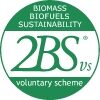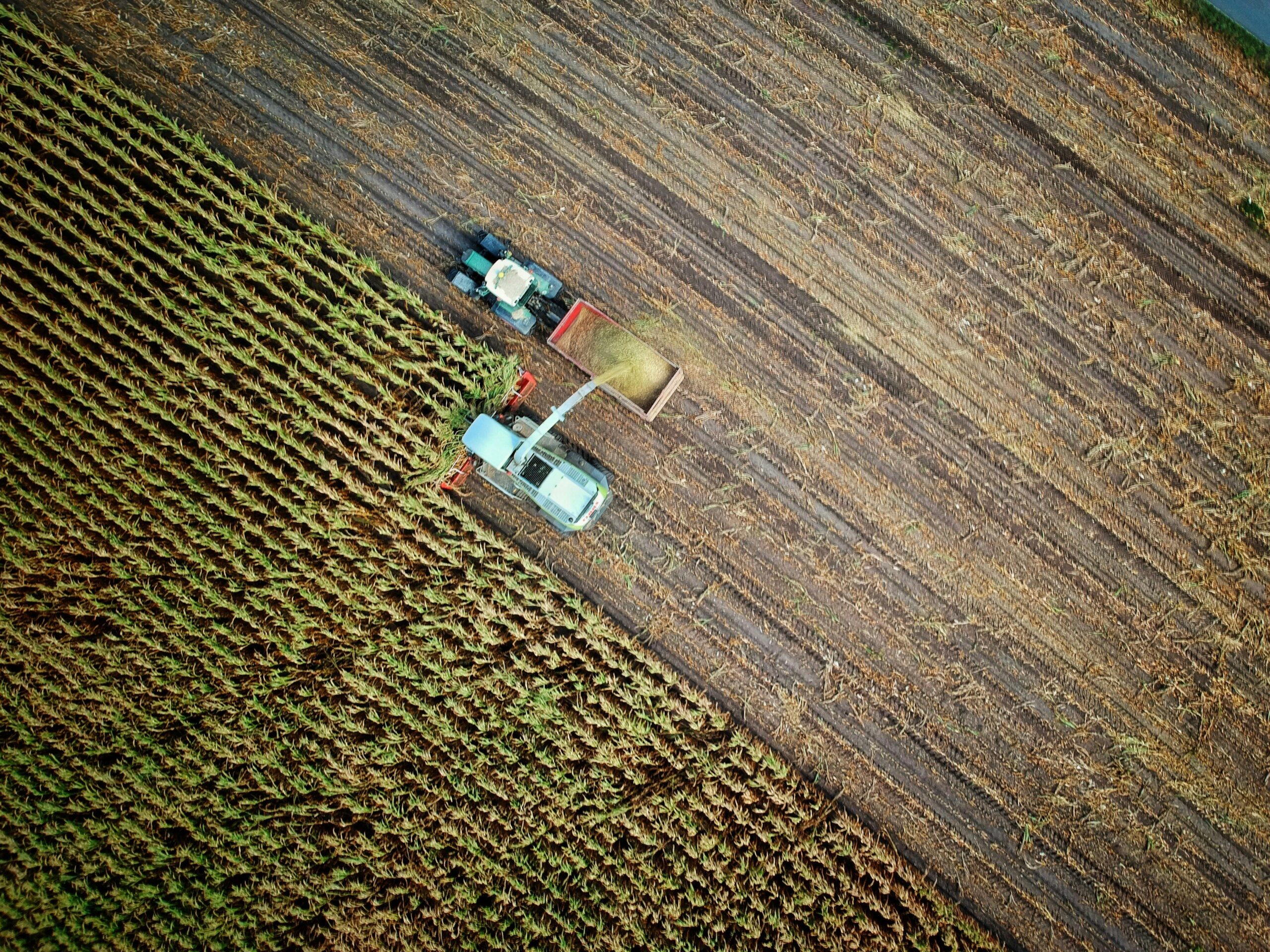The European Commission recognized, on September 26th, the report submitted by Argentina with typical greenhouse gas emission values from the local cultivation of soybeans (NUTS2 values).
These values are applicable within the biofuel market. They are an average of the greenhouse gas emissions from the cultivation of soybeans, associated with a specific area or region:

Typical values recognized by the European Commission to be used for greenhouse gas emissions from soybean cultivation in Argentinian regions (NUTS2 values).
How are these values used?
NUTS 2 values (grCO2/kg dry feedstock) may be used to define greenhouse gas (GHG) emissions for the extraction and cultivation of agricultural feedstock in a specific region.
Moreover, they reduce administrative workloads within the biofuel chain: it enables Last Interfaces to calculate the total E (total emissions from the use of the fuel) with lighter processes for upstream interfaces.
Therefore, the recently approved NUTS2 values can now be used to indicate the total greenhouse gas emission of Argentinian soybean cultivation and extraction.
Attention
ESCA (emission savings from soil carbon accumulation via improved agricultural management) and EL (analyzed emissions from carbon stock changes caused by land-use change) cannot be combined with NUTS2 values. Esca and EL are only applicable when combined with EEC (emissions from the extraction or cultivation of raw materials).
What does it change for biofuels Argentinian players?
From now on, local players have two options when valuing their sustainable soybeans in the biofuel market:
- Calculating and using the actual greenhouse gas emission values linked to their soybeans’ cultivation (in this case, the combination with ESCA and/or EL values is possible).
- Using the typical greenhouse gas emission (NUTS2) values for their soybeans’ cultivation approved by the European Commission.
To read the European Commission decision’s full text, click here.
Become 2BS-certified to have access to our sustainable certification!

